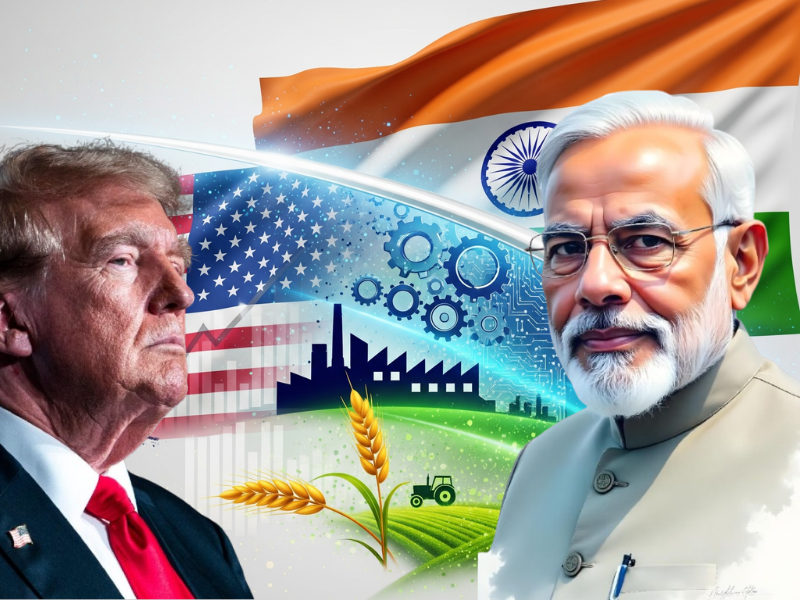As former U.S. President Donald Trump ramps up his protectionist trade campaign, a new 25% tariff on Indian imports has sent shockwaves through global markets. But while the focus has been on the damage – and rightly so – a quieter but equally important story is emerging: some Indian sectors have escaped the blow.
The Exempt List: India’s Strategic Wins
According to trade insiders, critical exports like generic pharmaceuticals, select IT services, textiles for defense purposes, and some agricultural products have been exempted or face reduced tariffs under Trump’s latest directive. This targeted relief could soften the blow for Indian exporters and help maintain a delicate trade balance with the U.S.
These sectors weren’t spared by accident. The U.S. relies heavily on India for affordable medicines, especially generics that support its healthcare system. Similarly, Indian IT firms remain deeply integrated into U.S. businesses, offering specialized services that are difficult to replace quickly.
India’s agricultural exports – including spices and certain organic grains – have also been granted partial relief, likely due to domestic demand and limited substitutes in the U.S. market.
Why This Matters
The Yale University report, released the same day as Trump’s tariff announcement, paints a grim picture of the overall impact. It warns that U.S. households will face an average income loss of $2,400, largely driven by price hikes in essential goods such as shoes, clothing, cars, and food.
Low-income Americans will feel the pain most, losing about $1,300 – a steep hit relative to their earnings. High-income families could lose up to $5,000, but the relative impact on their lifestyle is far less.
Jobs are also at risk. Yale estimates 500,000 job losses by the end of 2025 and a 0.5% drop in GDP growth. JP Morgan’s analysis confirms that these tariffs will fuel inflation and weaken consumer demand, placing further strain on the economy.
India’s Cautious Optimism
India’s response has been measured. While it strongly opposes the tariffs, New Delhi has emphasized that negotiations are ongoing and that India remains committed to a “fair and balanced” trade deal.
Indian officials also highlighted the contradiction in U.S. strategy – seeking India’s support against China, while penalizing its exports.
The Bigger Picture
While Trump’s tariff play is designed to protect American interests, it’s also creating economic ripples that may harm U.S. consumers more than help them. For India, the sector-specific exemptions offer breathing room, but the broader trade relationship remains on edge.
Not all Indian exports are hit equally – and that could be a crucial factor in navigating the trade storm ahead.

